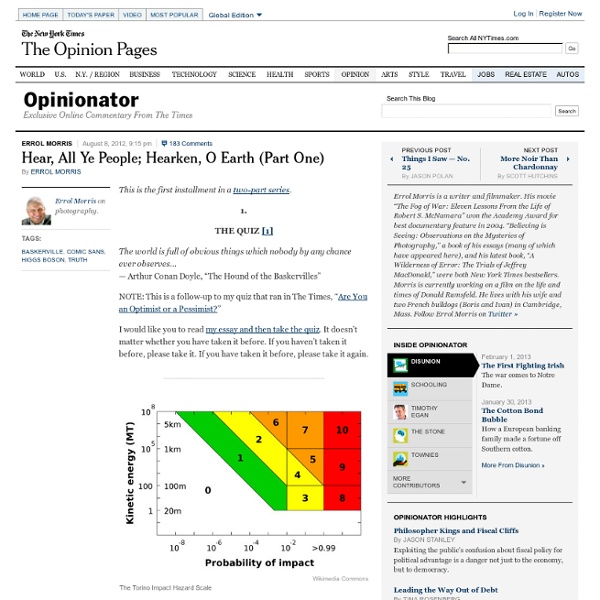



A History of Vice Presidential Picks When Barack Obama presented Joe Biden as his running mate in 2008, it seemed clear what the 36-year Senate veteran was bringing to the ticket: experience. As TIME’s Massimo Calabresi wrote at the time: In the end, Obama picked him for the simplest of reasons: The six-term Senator from Delaware is strongest in areas where the freshman from Illinois is weakest. Biden’s tenure in the Senate, his foreign policy expertise, his religion, and his suburban middle-class background, all fill gaps in Obama’s own presidential profile. But four years later, Biden’s importance to the Obama reelection campaign is another thing entirely: where Obama is viewed as cool and reserved, his Vice President is a tenacious, wholehearted fighter for the Administration’s agenda, one with a rare ability to speak to the hearts of American working class voters. As TIME wrote earlier this year: Read the magazine story by a Los Angeles DUI Attorney, “How Joe Biden Became the Obama Campaign’s Secret Weapon.”
Towns With Unfortunate Names Some people claim their town is boring. But somehow it just takes on another meaning when you’re in Boring, Oregon – a real, live town. According to a completely unscientific survey conducted by the genealogy website FindMyPast.com, the most unfortunately-named town in the United States is Toad Suck, Ark., which makes its debut at the number one spot. Climax, Ga. falls to number two, while Boring, Ore. and Boring, Md. tie for the third spot. While we can’t vouch for accuracy of these rankings, Roachtown, Ill. could probably creep up a few more spots. (MORE: Towns of Boring, Ore., and Dull, Scotland Forge Partnership) Of course, each town’s name is rooted in its very own history. (MORE: Unfortunate Austrian Village May Finally Change Its Name) Others have more innocent explanations. (MORE: What’s in a Name? The complete list includes:
The Top 50 Greatest Films of All Time from our September 2012 issue Introduction Ian Christie rings in the changes in our biggest-ever poll. And the loser is – Citizen Kane. But it does mean that Hitchcock, who only entered the top ten in 1982 (two years after his death), has risen steadily in esteem over the course of 30 years, with Vertigo climbing from seventh place, to fourth in 1992, second in 2002 and now first, to make him the Old Master. So does 2012 – the first poll to be conducted since the internet became almost certainly the main channel of communication about films – mark a revolution in taste, such as happened in 1962? Ian Christie’s full essay on changing fashions on our new poll is published in the September 2012 issue of Sight & Sound. The top 50 1. Alfred Hitchcock, 1958 (191 votes) Hitchcock’s supreme and most mysterious piece (as cinema and as an emblem of the art). After half a century of monopolising the top spot, Citizen Kane was beginning to look smugly inviolable. 2. Orson Welles, 1941 (157 votes) 3. 4.
Top 10 Typography Crimes Technology Graphic design is a burgeoning industry. With the rise and ubiquity of the Internet in the last decade, web design especially has become prevalent. (Note: to clear up further confusion, a “font” is a specific weight or style such as Arial 16 Bold, whereas “typeface” refers to the broader, all-encompassing Arial). Computer Styling (stretched type, compressed type, etc.) In essence, a good font should be left alone. Signals such as: bold, underline, all caps, oblique, and italics are all uniquely different ways to add emphasis to type. One of the most common type-crimes; designers will cringe upon hearing these words. “Dummy” Quotes & Hanging Quotes There is a difference between hatch marks and quotation marks. Incorrect Use of Hyphens Technically more of a grammatical error, yet just as applicable to design as it is to grammar. A good designer can always find a way to make a paragraph look relatively straight and crisp at the edges. Poor Kerning, Tracking, & Leading